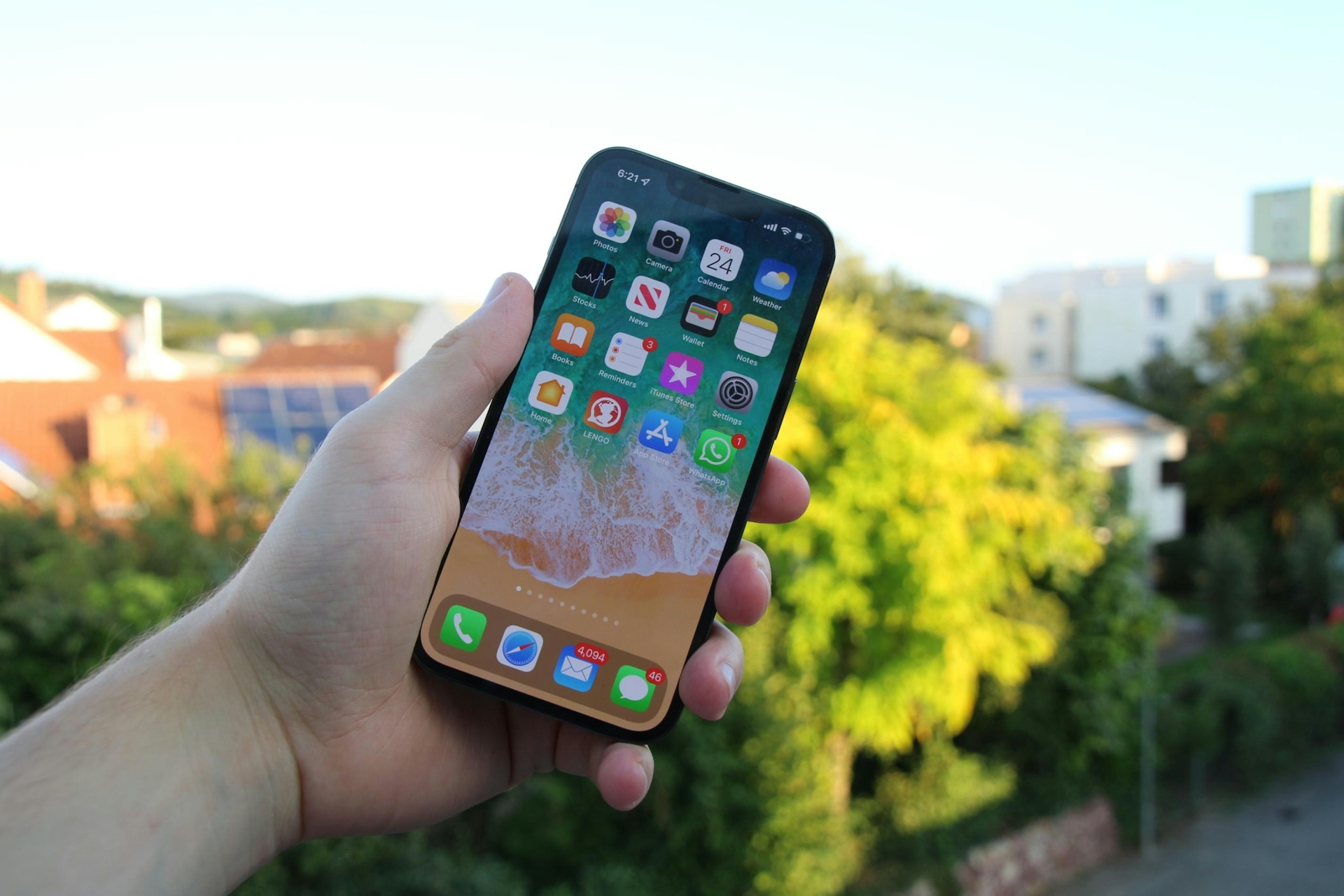Top 7 Swift Design Patterns to Create Outstanding iOS Apps

If you used an app on your iPhone, chances are it was built using Swift. Unveiled by Apple in 2014, Swift is a powerful, multipurpose programming language developed specifically for iOS apps. It’s also the world’s first protocol-oriented language. Protocols are roadmaps that detail the techniques and requirements needed to perform a specific task or functionality, and Swift allows developers to check for bugs and other protocol conformity concerns without having to run the program.
Swift even provides real-time solutions for some of the more widespread coding challenges in the iOS operating system. Almost 10 years after its release, it continues to be one of the most popular languages for iOS app development and most iOS apps available on the App Store are written in Swift.
Before building an app with Swift, you should first familiarize yourself with Swift design patterns. These are essentially field guides for code, outlining general best practices and remedies for chronic design problems, which helps unify the code. Programmers and developers classify iOS design patterns into three distinct classes: behavioral, creational, and structural — with each differing in applications and scalability.
Classes of Design Patterns
Behavioral iOS design patterns identify and implement common communication patterns between objects and entities, allowing them to communicate more effectively.
Creational iOS design patterns allow programmers to create new object groups safely, increasing code flexibility.
Structural iOS design patterns streamline relationships between objects and entities, finding the most efficient method to correlate them.
When developing an app with Swift, choosing the best iOS design patterns is critical. These seven Swift design patterns give programmers the flexibility to write better code and create apps with the highest security and performance.
Top 7 Swift Design Patterns
1. Observer
The Observer behavioral design pattern employs a specific object type (the subject), maintaining a list of dependents (the observers) in a one-to-many relationship. The subject’s purpose is to observe particular objects and notify all observers of any state changes in the observed objects.
A typical practical purpose of the Observer iOS design pattern is to create subscription services capable of sending notifications to an iOS device. In this instance, the subject is a publisher, and the observers are its subscribers.
2. Command
The Command pattern is a staple of object-oriented programming and one of the most versatile behavioral patterns available to iOS app developers. A Command pattern turns a request into an object containing all information about the request. Then the request object can be parametrized with different requests.
The best way to understand how the Command iOS design pattern works is with the restaurant analogy: A customer (client) places an order (sends a request). The waiter (director) takes the order (turns the request into an object) and sends it to the kitchen (receiver).
3. Builder
The Builder pattern is one of the most well-known and frequently used creational design patterns in Swift programming. Builder lets developers simplify the creation of complex objects by breaking the process down into simpler constituent objects step-by-step.
Builder iOS design patterns achieve this flexibility by separating the construction of an object from its own class. They allow programmers to reuse code, avoid repeating development steps unnecessarily, and create more objects.
4. MVC
The Model-View-Controller (MVC) pattern is another frequently used Swift design pattern. MVC is a creation iOS design pattern employed for developing powerful user interfaces where the program logic is separated into three interconnected elements:
The Model is the part of the code that contains application data.
The View is how the application presents the Model’s data to the user.
The Controller is the interface between the View and the Model, letting the user perform commands.
Let’s use a car analogy to explain this, where the user is the driver. The Model is everything under the hood, the View is equivalent to a car’s dashboard, and the Controller is like the car’s controls (wheel, pedals, gear lever, and signals).
5. Facade
Facade is a robust structural iOS design pattern primarily employed to develop easy-to-use user interfaces for complex, class-heavy programs. Facade is also valuable to developers seeking to break subsystems into layers such as Remote Server, File System, and Database.
A typical Facade application is for apps supporting audio recording and playback. Developers can use Facade to hide the more complex underlying code and functions governing audio sessions, recording, playback, and the file system, creating a simpler and more efficient interface.
6. Bridge
Bridge is a Swift design pattern that lets programmers separate classes or subclasses into two hierarchies with different responsibilities: abstraction and implementation. Just as the name suggests, it acts as a bridge between these two classifications, so they can be modified independently but used together.
Let’s picture an app that allows users to customize their profiles with a selection of five visual elements in 10 colors. Instead of creating 10 variations of every visual element, the Bridge pattern allows developers to delegate the colors to each element, which helps expedite the work needed for both hierarchies.
7. Adapter
The Adapter is another structural design pattern that reconfigures interfaces, so they can adapt to different objects. It wraps, or conceals, the object to match the designated interface. This enables otherwise incompatible interfaces to understand and communicate with each other.
Say a programmer is working on a cryptocurrency exchange app and they need to pull third-party data from a live cryptocurrency tracker, but the data is written in a language that conflicts with the app’s code. This Swift design pattern can convert the data into code that’s compatible with and familiar to the app.
Need a little more help figuring out which patterns to use for your iOS app? Send us a message.
Product Design
Big Human FAQ: How Long Does It Take to Build a Digital Product?
Product Design